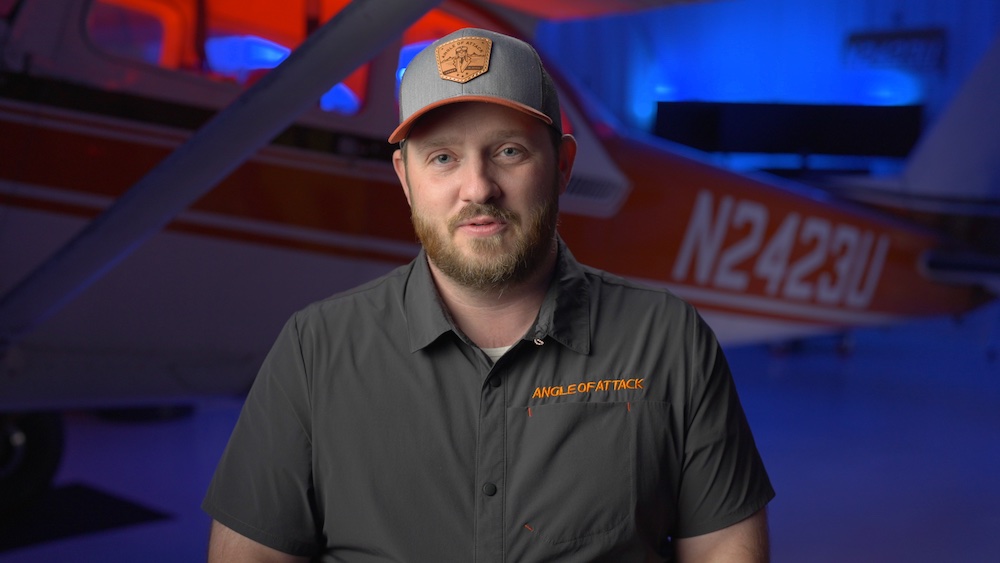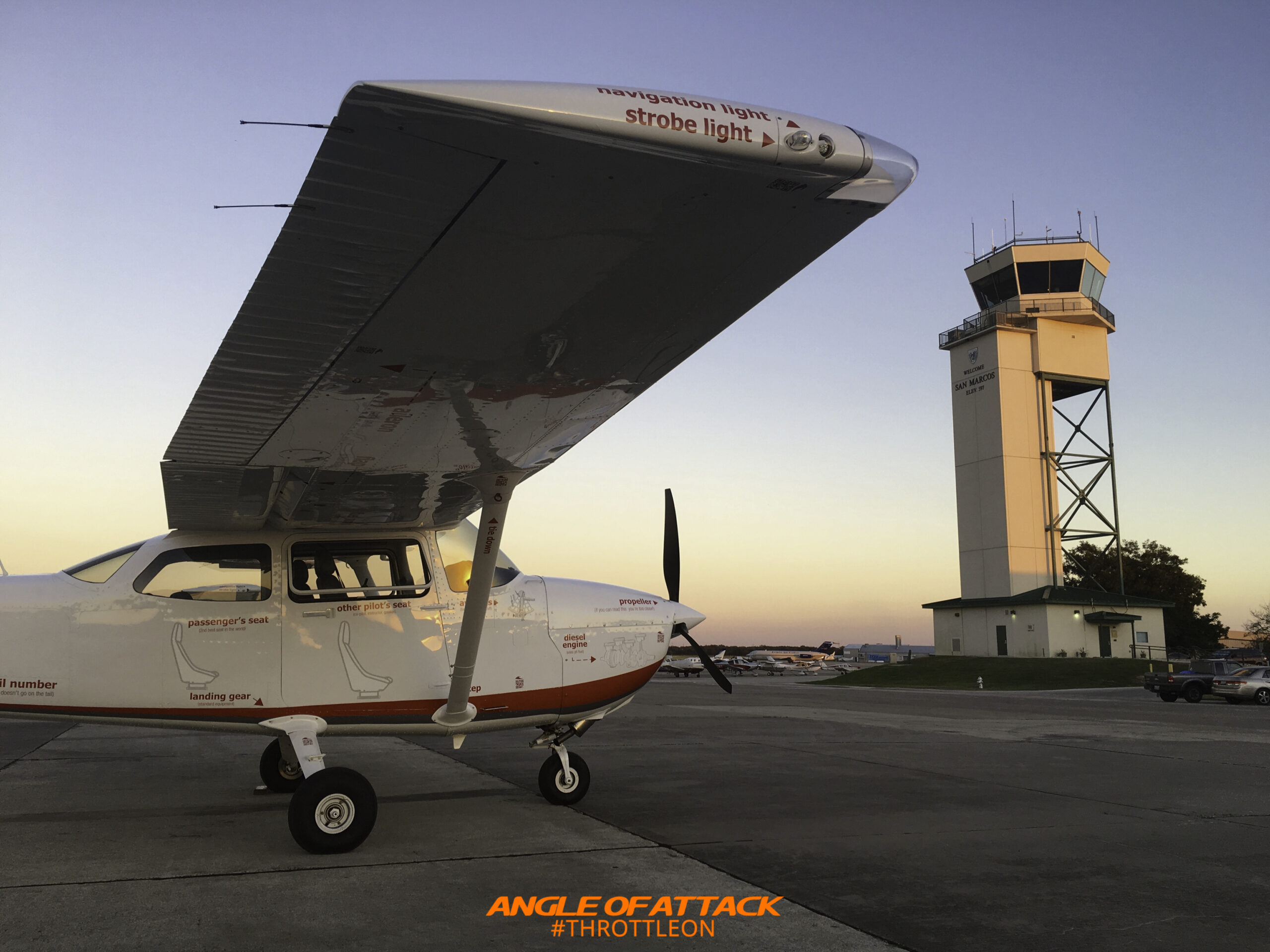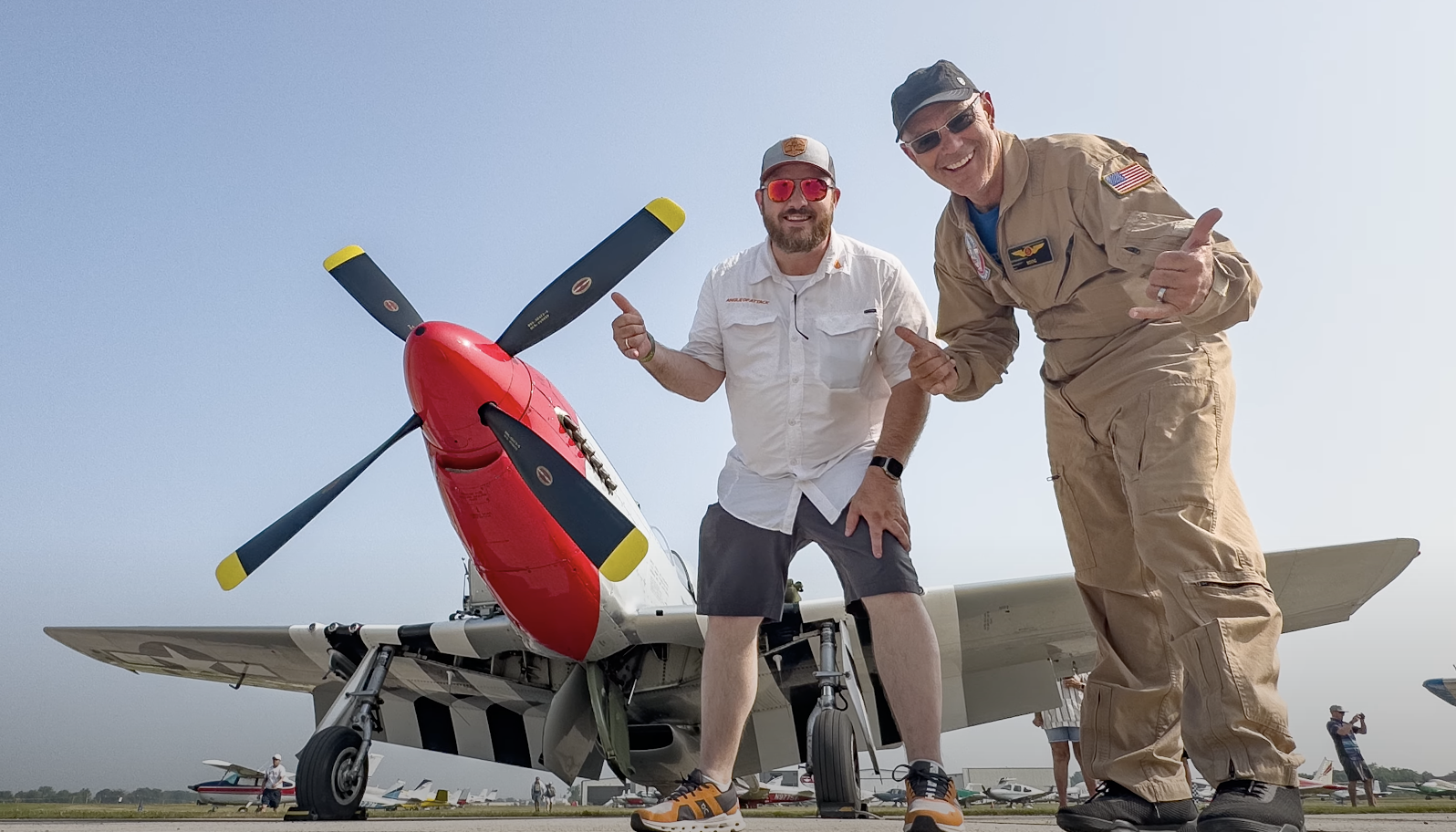
We’re back for another flight lesson with Sienna. She’s a student pilot working on her private pilot certificate. She’s excited for flight training, and we’ve been flying regularly. Technically, she can’t even solo yet, but she is excited about pursuing a career in aviation.
On this flight lesson, we’ve already broken the ice with a discovery flight, and a first lesson. Now we get deeper into the intricacies of controlling the aircraft, a Cessna 172. This is arguably the most essential part of flight training, as these initial lessons will sick with a pilot for the rest of their flying life.
After we take off from Homer Airport, we immediately get into a discussion about coordination. Essentially, we need to connect our hands and feet to our mind. Our feet should be moving a lot more than people realize, keeping the aircraft coordinated.
We take this through all different types of turns. Coordinating at all times is very essential. This is what we call “Stick and Rudder” flying. It should be a part of all initial flight training, no matter what airplane is flown.
Part of Stick and Rudder is stalls as well. We begin to cover that as well, showing and listening to the signs of a stall, and talking about how to overcome those stalls, which is the most important part.
Eventually, because we’ve been turning so much, we do steep turns. Steep turns accentuate all of the things we did in the other turns.


Stay Connected
Be the very first to get notified when we publish new flying videos, free lessons, and special offers on our courses.





